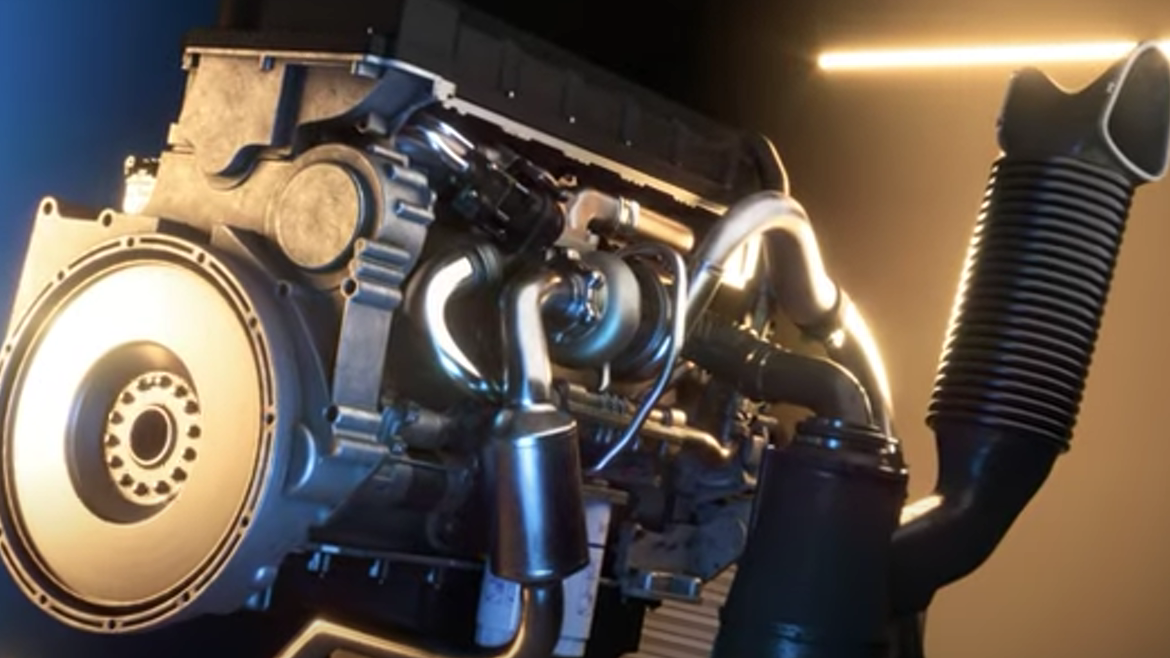Jul 11, 2023
Posted by Greg Matheson, Product Manager, Commercial Engine Lubricants
The development of the next heavy-duty engine oil category—currently known as Proposed Category 12, or simply PC-12—is ongoing. Lubrizol representatives have been busy working together with the industry consortium responsible for the category’s development to help ensure that PC-12 delivers real, tangible value to the heavy-duty diesel marketplace on a targeted first license date of Jan. 1, 2027.
The New Category Development Team (NCDT) is performing important work to finalize the matrix of testing new fluids must pass to meet specifications. Here’s what you need to know about the progress of the new diesel engine oil category.
New Category Development Team (NCDT)
The NCDT is comprised of representatives from:
- The American Petroleum Institute (API)
- The Engine Manufacturers Association (EMA)
- The American Society for Testing and Materials (ASTM)
- The American Chemistry Council (ACC)
Determining Performance Specificity
Part of the NCDT’s responsibility is to determine the specifics of the EMA’s needs statement. The needs statement is issued by the EMA requesting the development of the new performance category that meets the changing needs of diesel engines.
And those changes will be significant. The U.S. Environmental Protection Agency (EPA) recently finalized stricter emissions requirements for heavy duty engines beginning in the model year 2027. The new limits call for a 75% reduction in nitrogen oxide (NOx) and a 50% reduction in particulate matter (PM) versus existing vehicles. The EPA is also requesting that aftertreatment systems (diesel particulate filters, or DPFs) effectively double their useful life, from 450,000 miles to 800,000.
To help engines reduce emissions accordingly and to prolong the lives of DPFs, the EMA’s needs statement requested improved lubricant performance in the areas of:
- Increased oxidative stability
- Improved wear protection
- Optimized soot dispersancy
- “C” category backwards compatibility, for use in older model vehicles.
- “F” category with lower high-temperature, high-shear (HTHS) viscosity levels, enabling vehicles model year 2027 and newer to achieve improved fuel efficiency.
Right now, significant work is being done to more concretely determine how these performance characteristics correlate with changes in original equipment manufacturer (OEM) hardware; how best to measure them via testing; and how improvements in each of these areas will bring value to the end user. The NCDT is working closely to finalize exact metrics and how they will be evaluated and measured. As these discussions continue, it is Lubrizol’s goal that the category deliver clear value and justifies the investment required to fully develop and implement PC-12.
New Testing Procedures
Concurrently, category developers are determining the battery of tests that will be included in PC-12. One of the most notable changes in the new category is the replacement of the Mack T-11 test, which evaluates a lubricant’s ability to withstand soot-related viscosity increases. Because new parts have become scarce for this test, a replacement is required.
Lubrizol took a lead role in developing and identifying a suitable replacement for the Mack T-11 test, as did the Southwest Research Institute, and together brought two potential candidates to the table: the Cummins ISB engine and the Cummins ISM engine. After months of thorough testing, the Cummins ISB engine is likely to be the formal replacement for the T-11 test in evaluating soot-related viscosity increases in the next category.
Additional work to evaluate several other tests continues. NCDT is targeting early in the 4th quarter of 2023 for final determination on which tests will be included in the final category.
A Changing Chemical Box
Another complexity in determining the category parameters are some questions around the chemical box—the set of chemistry and additive components that can be used within a certified lubricant’s formulation. The proposed changes are intended to further help reduce emissions generation and help extend the lifetimes of DPFs, per new EPA rules.
The current EMA chemical box proposal for PC-12 would set the following maximum limits:
- Sulphated ash content: 0.9%
- Phosphorus: 800 parts per million (ppm)
- Sulfur content: 0.35%
EMA also stated that certain manufacturers continue to desire a means to identify existing CK-4 oils with enhanced T-13, DD13, and elastomer performance.
Both Cummins and Detroit Diesel have proposed their own chemical box limitations within their own specifications. Cummins' proposed chemical box is consistent with the current EMA recommendation, but they may lower their sulfated ash level to 0.8%. The rationale is to further increase the life spans of diesel particulate filter systems. Meanwhile, Detroit Diesel has proposed they may consider limiting potassium and sodium content and is currently working to gain insight from the industry on reasonable limit thresholds.
OEM-specific considerations will likely need to be considered by lubricant manufacturers seeking to market products with widespread approvals.
Our View
We believe that PC-12 must be a meaningful upgrade from CK-4/FA-4 to deliver greater performance value for the end user and to justify the investment in the development of a new category. To those ends, Lubrizol is engaged in the NCDT to ensure and advocate for the development of high-performance lubricants that will help enable new generations of heavy-duty engine hardware.
We encourage you to get involved, too. The development of a new performance category is an industry-wide effort, and one that impacts all stakeholders. We’ll continue to keep you informed and educated on PC-12 as it grows nearer to finalization, and how you can best prepare for first license.
Interested in learning more?
Contact your Lubrizol representative to learn more about PC-12 and its potential impacts on your business.
Explore heavy-duty engine technology on Lubrizol360:
ACEA 2022 Heavy Duty Engine Oil Sequences One Year On
Measuring Lubricant Lifetime Are Current Measures Telling the Whole Story









